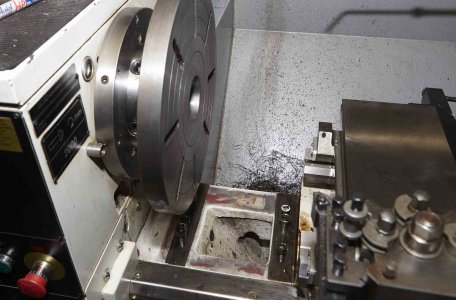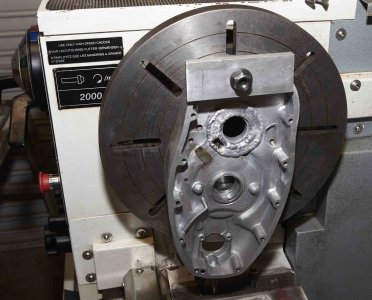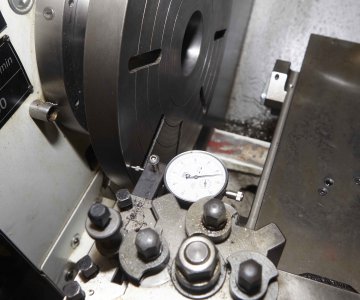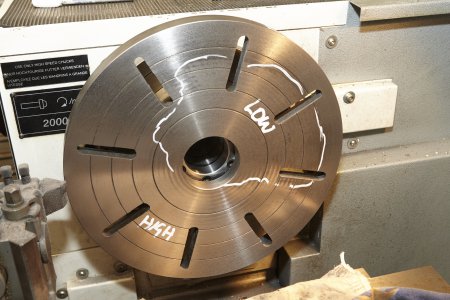- Joined
- Jun 7, 2016
- Messages
- 361
Well I have a job to do and I need the extra swing that comes when you remove the gap.
So I remove the gap and all looks good. I fit the faceplate and do the runout.
It is the first time I have fitted the faceplate and the runout is over what I would like.
So I think, right I will dress the plate.
Then I realise that the carriage will be hanging over the edge, where once the Gap was filled by "what ever you call the thing that goes in the gap."
So my question is.
How far can I counter lever my carriage out into empty space?
My carriage is 420mm long and I need to hang out 17mm.
Advice please and it will be much appreciated.
Regards
Mal

So I remove the gap and all looks good. I fit the faceplate and do the runout.
It is the first time I have fitted the faceplate and the runout is over what I would like.
So I think, right I will dress the plate.
Then I realise that the carriage will be hanging over the edge, where once the Gap was filled by "what ever you call the thing that goes in the gap."
So my question is.
How far can I counter lever my carriage out into empty space?
My carriage is 420mm long and I need to hang out 17mm.
Advice please and it will be much appreciated.
Regards
Mal





